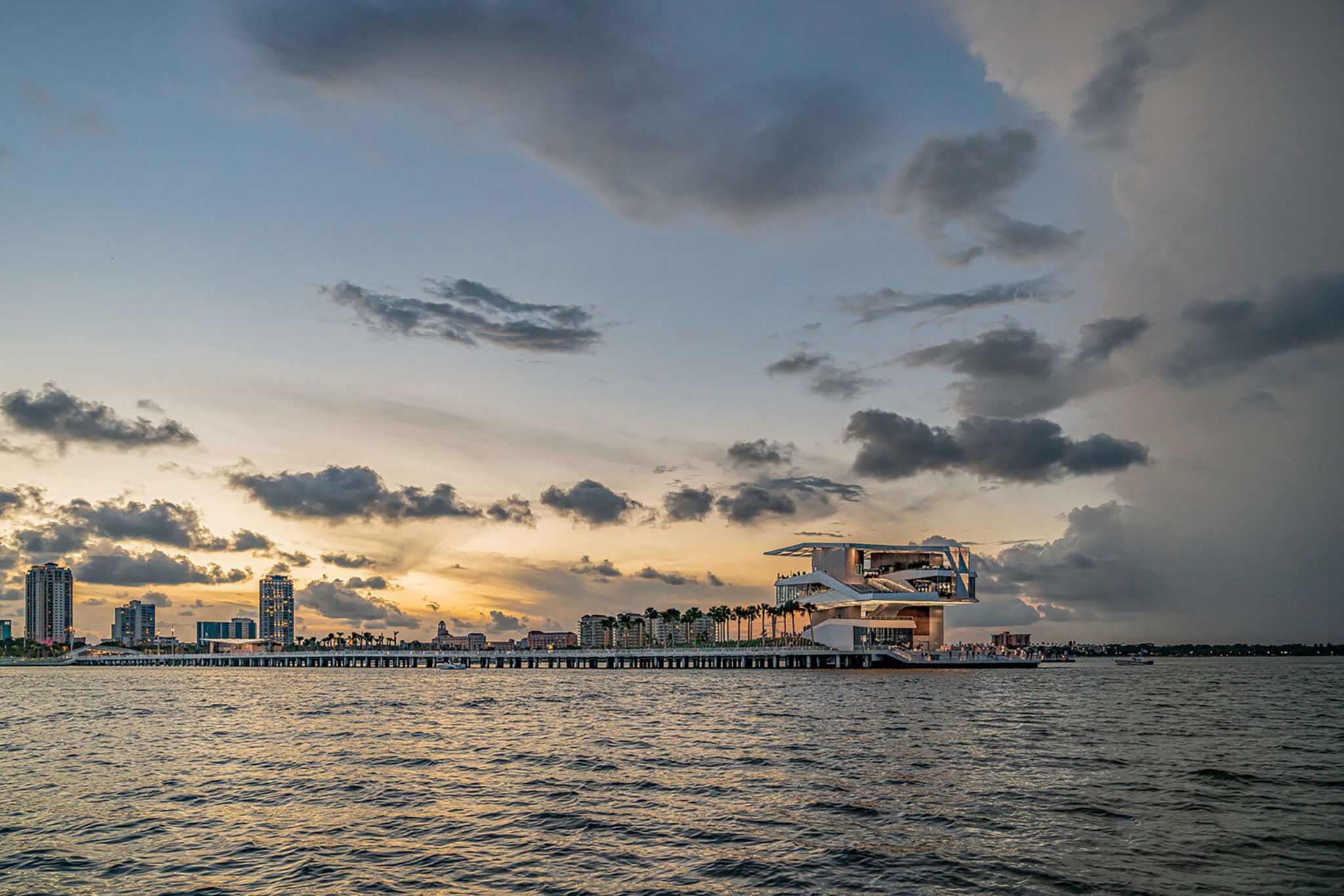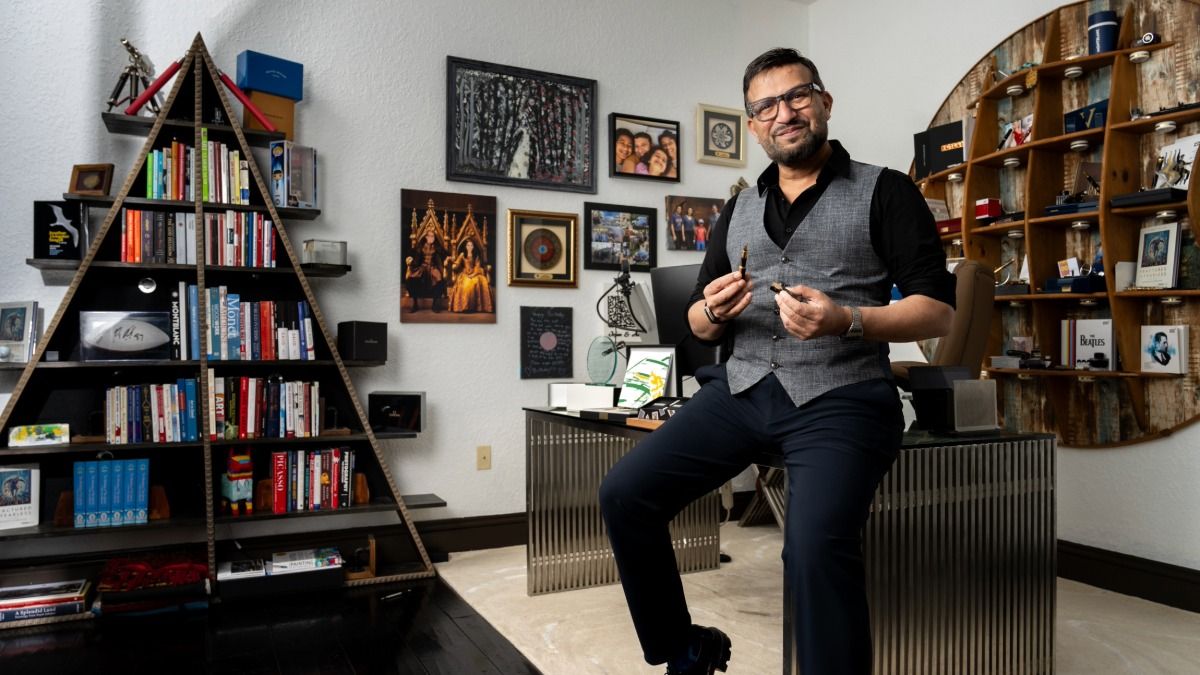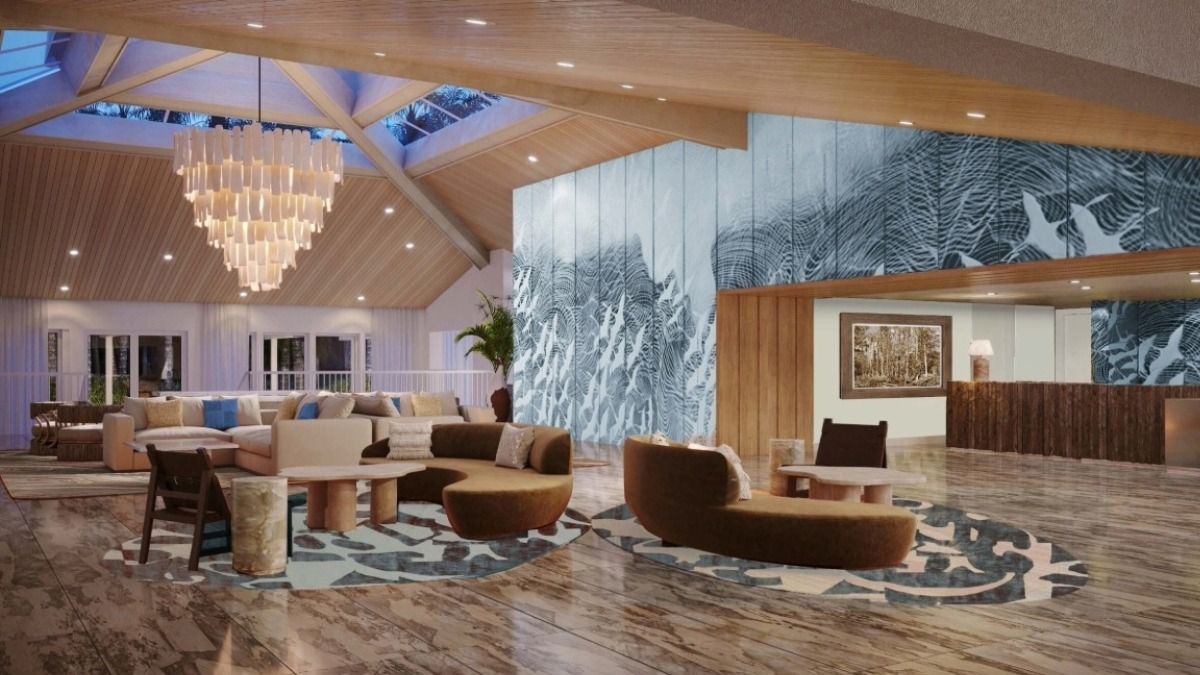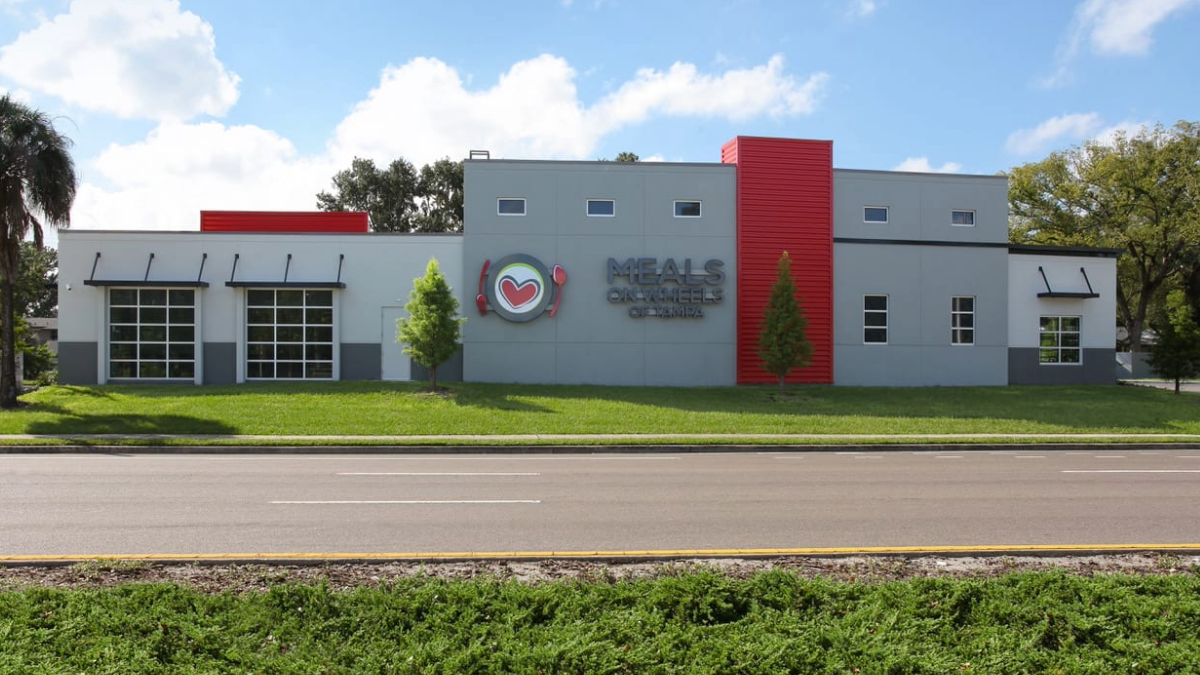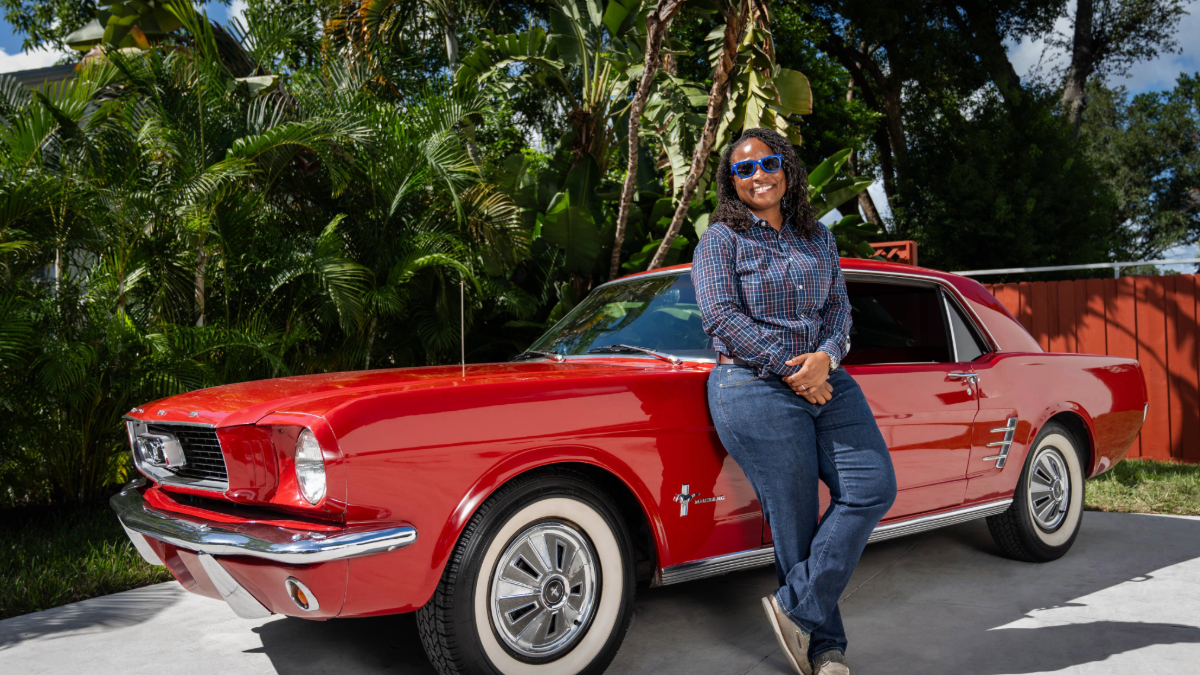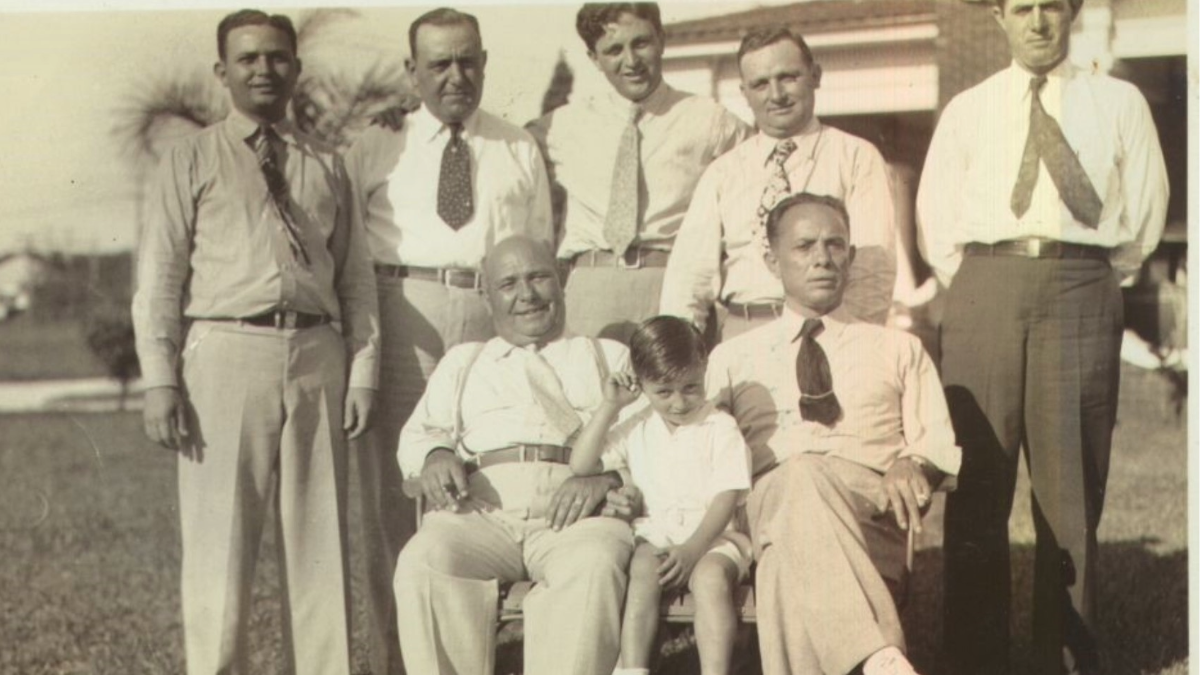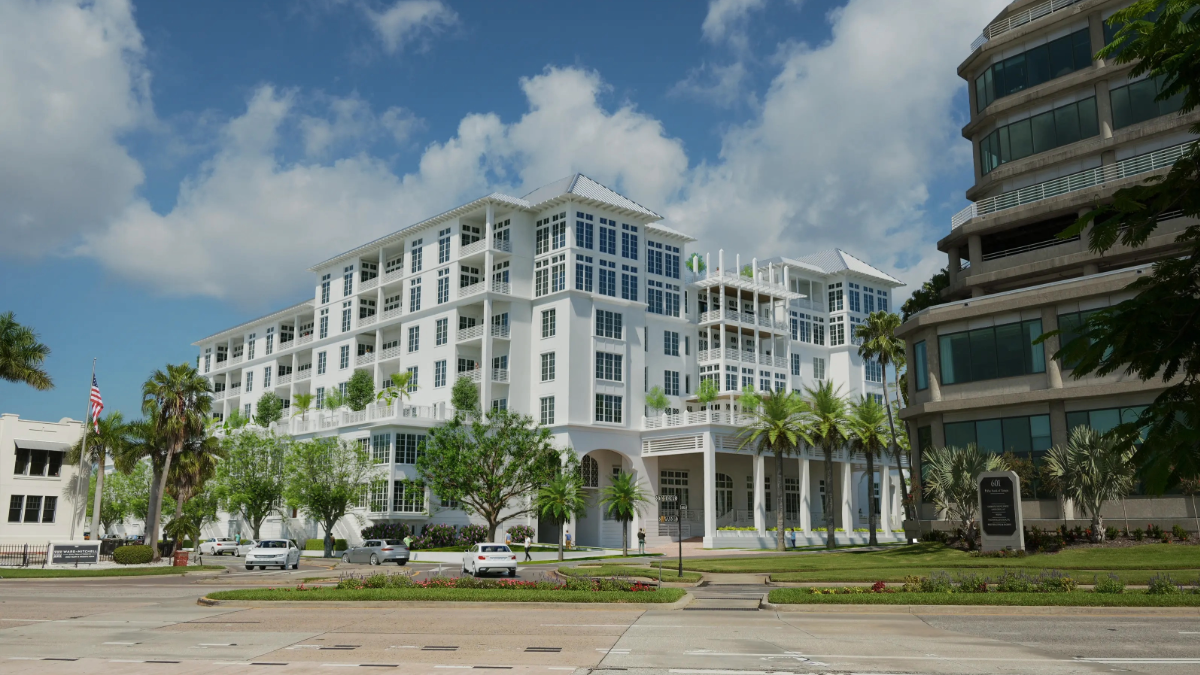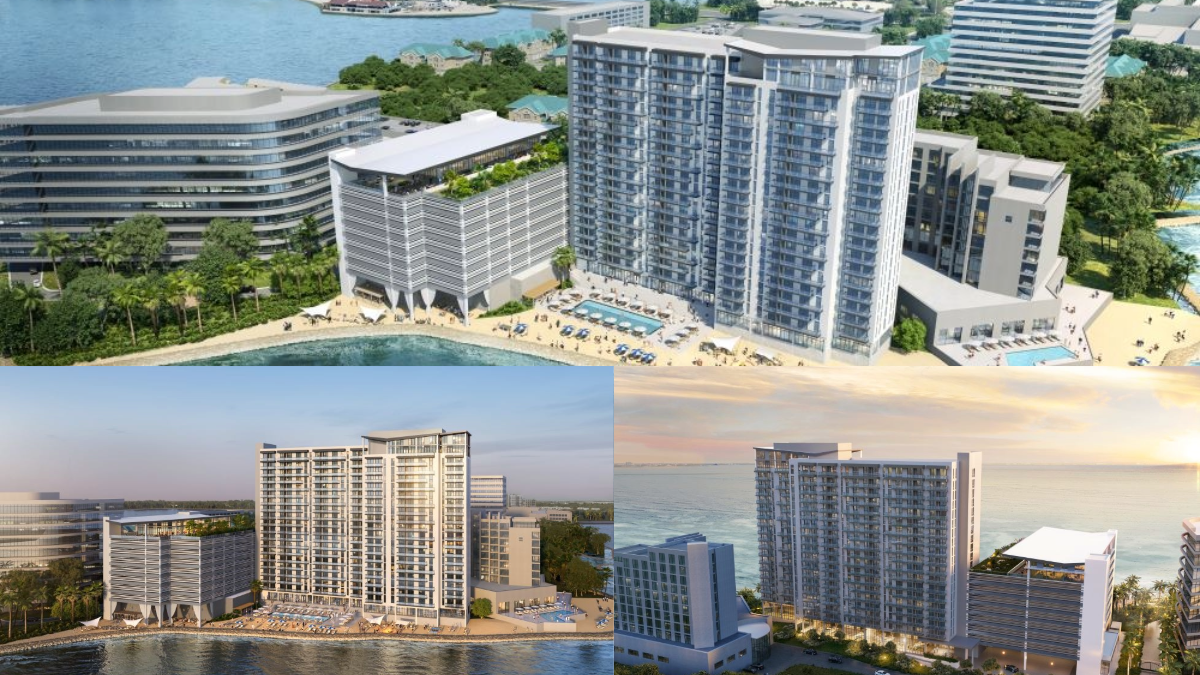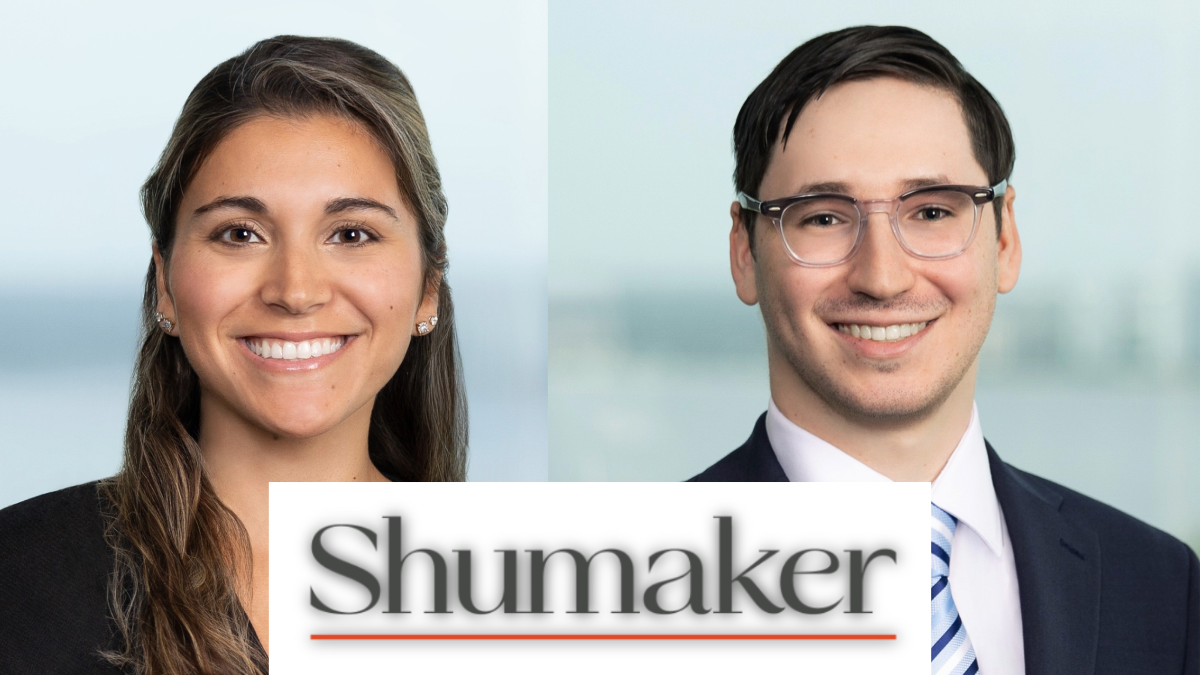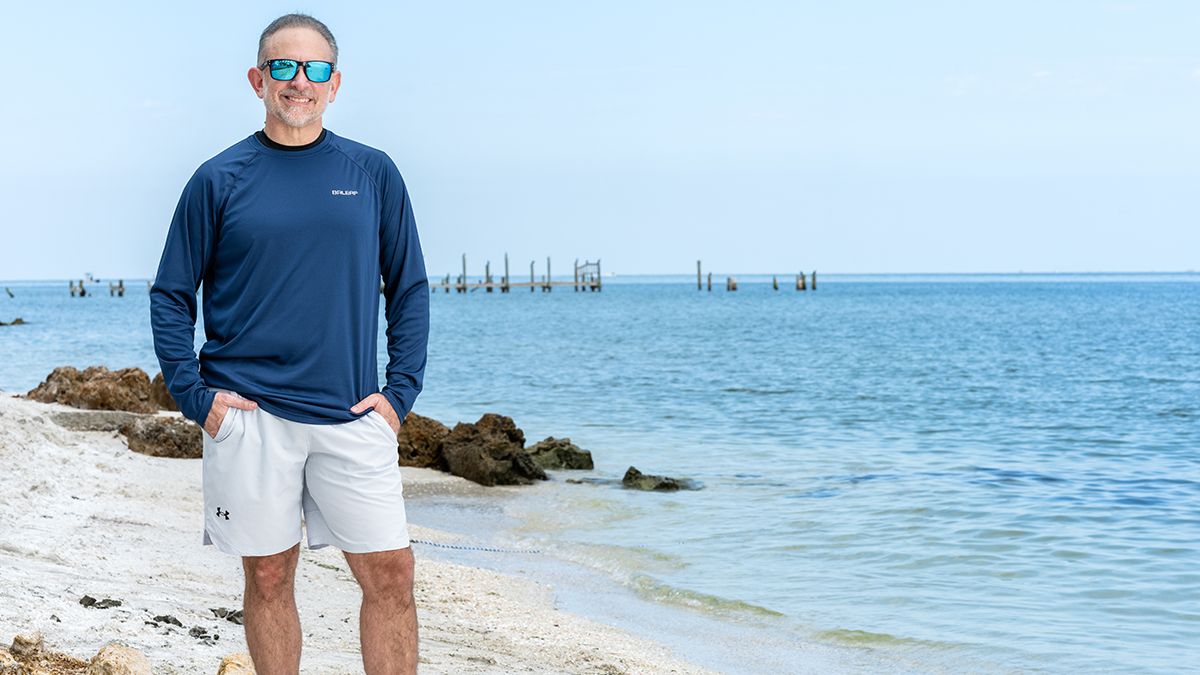As one of a team of architects responsible for the new St. Petersburg Pier, Ken Cowart has his favorite elements. There’s the tilted lawn, for starters; a grassy knoll stretching upward from the splash pad, it’s perfect for gaining a high vantage point and rolling down afterward (if you’re a kid, that is). Then there are the floating docks, where even a business executive can kick off those loafers midday to dip their toes into Tampa Bay.

Both features spent time on the chopping block. Visit the Pier today and you’ll likely see tots tumbling head over heels down the knoll as a sort of token Florida hill. The elevated stretch made the cut; the floating docks did not. Still, Cowart sees the Pier, not as a finished project but one whose use should continue to evolve. He’s excited, he says, to see how the site is being used five to 15 years from now.
“I’ve been in Tampa about 20 years so far,” he says. “I have great memories of the old Pier; hopefully I’ll make great ones at this one, too.”
Though he does hope the floating docks emerge in the future, Cowart believes the overall design meets the mantras the architectural teams had for the project. Here are those mantras—and how he views them now that the project is completed.
• Keep the overall scope of the project consistent. Cowart is uniquely qualified to address this tenet. Five architectural teams worked to produce the Pier, as we see it today, but he and the ASD/Sky and Rogers Partners team devised the overall master plan and concept for the entire project. Structural integrity over waterscapes was their domain. That posed unique architectural challenges.
Holding on to the character of the plan, regardless of size and scale, became an overriding aim.
As the city urged the architects to continue adding elements to the Pier plan, adaptations had to be made. Scope increased and, with it, close attention to detail was necessary. That was a challenge, Cowart said. But as he considers the finished product, he’s content that it’s a success.
“I always like to design places I’d like to go with my family,” he says. “The Pier is one of those.”
• Keep St. Petersburg residents first. “We really designed the Pier for residents of St. Petersburg,” Cowart says.
Though the Pier, no doubt, is a tourist draw for its mix of dining, water vistas and more, it has a resident-first focus. There’s room in its natural allure both for that pedestrian visiting from Michigan and the St. Petersburg resident who hails from nearby Michigan Avenue. Residents can view the Pier as a park-type experience that can be a regular destination.
It’s a park over water, a Florida-centric entertainment marvel, with plenty of opportunities to count pelican sightings or stop at Doc Ford’s for a frozen cocktail or two. That leads to the next mantra:
• Offer a different experience each time. “Whether you have 5 cents in your pocket or $50, you can experience the Pier differently each time you visit,” he says.
What a reminder that Florida’s natural splendor always comes at a consistently affordable price tag: free. ♦
WHAT’S NEXT?
With the Pier project crossed off his to-do list, Cowart has been staying busy. Many projects were put on hold during COVID, he says, but he and his company just completed work on a brewery and taproom in Wesley Chapel. They’re tapped to design a five-story food hall on Central Avenue, in St. Petersburg. Largo City Hall, an upcoming project, will represent a great piece of architecture, he says. And hotel enhancements to some St. Pete Beach hotels look to combine the elements of eat, work and play.
“As cities compete for talent, they have to address all three,” he says. “All our projects lately seem to blur the lines of architecture.”

